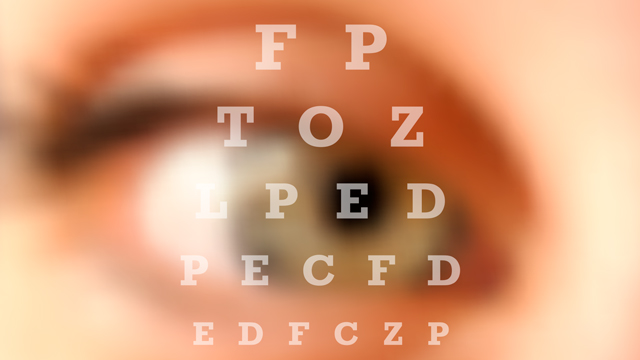It was one of those freak accidents that you hear about. John, a local professional from Richmond, was in a big box store when a steel display sign hanging from the ceiling suddenly broke and came crashing down on his head.
The impact left John lying on the floor, unconscious. He was taken to a local hospital and diagnosed with a concussion after experiencing short-term memory loss, speech issues, nausea, and dizziness with any head movement.
Traumatic brain injuries – more commonly referred to as TBIs – are described as direct impacts to the head, causing a physiological disruption of the brain function. As a result, the visual system can be affected.
In John’s case, more than a week after the accident, he had major vision problems that would not go away. He couldn’t drive and couldn’t tolerate riding in a car either.
We often think about vision as simply what we see; however, vision also includes how the brain makes sense of what we see. A traumatic brain injury can affect vision by damaging parts of the brain involved in visual processing and perception.
Some common vision complaints after a traumatic brain injury are blurred vision, difficulty reading, double vision, eyestrain, motion and light sensitivity, perceptual deficits, and grainy or wavy vision.
These symptoms may be a result of problems with eye movements, eye teaming issues, weakness or imbalance in the muscles that move the eyes, or other eye muscle problems. These visual anomalies adversely affect the patient’s quality of life and can interfere with activities of daily living, school, and work.
Freak accidents like John’s that result in TBIs are not uncommon. Out of my patient base treated for TBI, about 20 percent of patients experienced an uncommon or rare accident. The other 80 percent were involved in car accidents.
In terms of treatment options for patients who have experienced vision challenges related to TBI, rehabilitation therapy is an innovative approach. Unique in the region, this therapy offers head trauma patients an option that has traditionally been otherwise unavailable.
Through specialized neuro-optometric rehabilitation therapy, patients engage in weekly therapeutic treatments and are often able to return to school and work.
It is a tailored program where a foundation is established to make sure a patient’s vision is corrected and both eyes are seeing equally. Then, we move on to basic eye muscle exercises and other therapy techniques.
In most cases, patients will start to notice some vision restoration and success in four to six weeks. Other, more serious cases, such as John’s, can take years for complete recovery.
According to the most recent data available from the Centers for Disease Control and Prevention, in 2013, approximately 2.8 million people came to the emergency department due to a traumatic brain injury. If you or someone you know experiences a concussion or some other type of TBI, don’t hesitate to seek treatment. The sooner the rehabilitation process begins, the sooner you return to everyday life.





